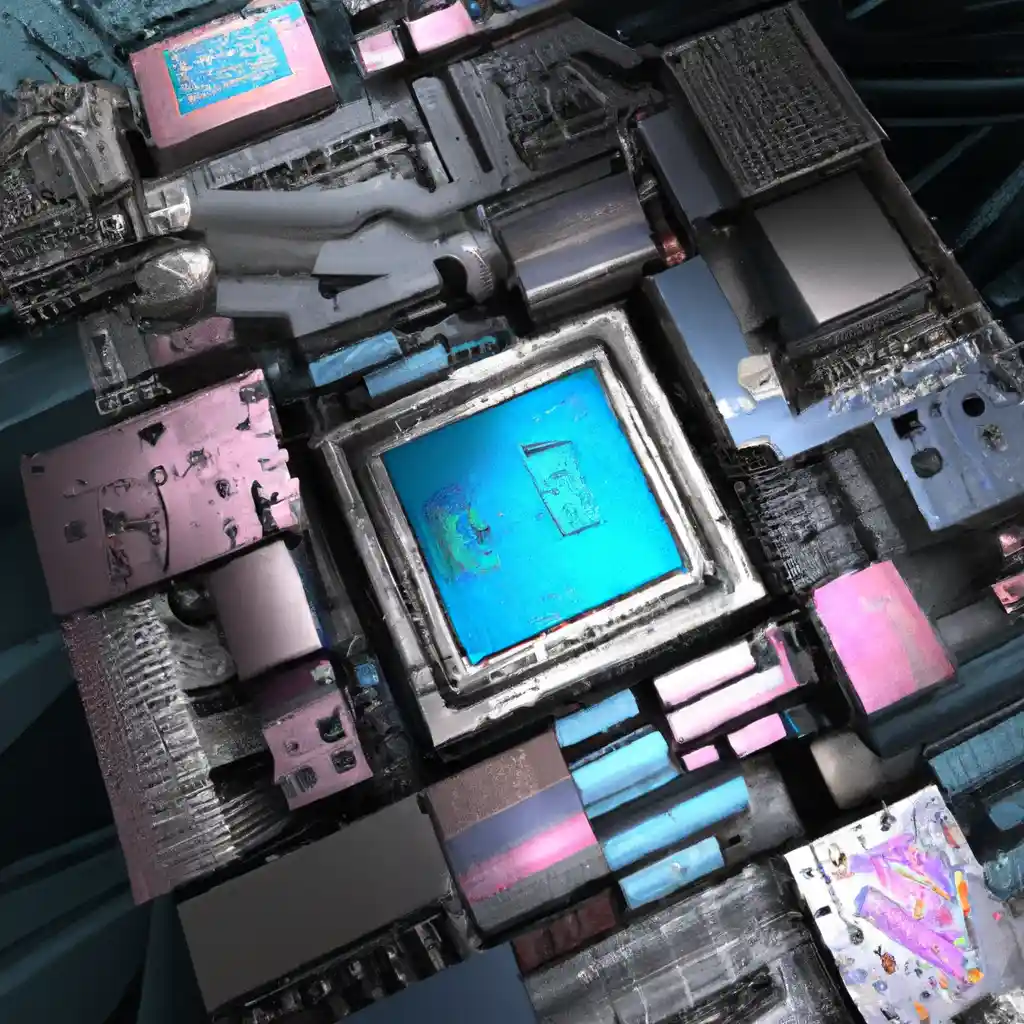IBM has announced a significant investment in the future of computing, committing US$3 billion over the next five years towards computing and chip materials research. This ambitious initiative aims to fundamentally rethink computer design, potentially moving beyond the silicon chips that have been at the heart of computing for decades. The investment underscores IBM’s vision for a future where quantum and cognitive computing, which mimic brain functionality, become a reality.
Supratik Guha, director of physical sciences for IBM Research, highlighted the stagnation in the basic architecture of computers since the 1940s. With the evolving complexity of problems today, IBM sees this as a critical moment to explore new computing paradigms. The limitations of silicon design and the challenges of shrinking chips have prompted IBM to investigate alternative materials like graphene and carbon nanotubes, aiming for chips that can be scaled down to the atomic level.
IBM’s initiative is not isolated, coming on the heels of Hewlett-Packard’s disclosure of its reimagined computer design. Tom Rosamilia, senior vice president for Systems and Technology Group at IBM, emphasized the goal of developing systems capable of intelligently processing vast amounts of data with reduced power consumption. These advancements could revolutionize fields such as cancer research, weather modeling, and cloud services.
The drive towards new computing technologies comes as the industry approaches the limits of Moore’s Law, which predicted the doubling of transistors on a chip every two years. With the anticipated end of this trend within the next decade, engineers are exploring innovative chip designs to boost performance. IBM’s research into materials like carbon nanotubes represents a promising direction for overcoming the physical limitations of silicon.
IBM’s efforts also extend to the development of computers that simulate brain-like functionality through its Synapse program. The goal is to create a neural chip that closely mimics the human brain’s processing capabilities but operates on a fraction of the power. Additionally, IBM is exploring the potential of quantum computing, which could dramatically accelerate computational tasks through the use of qubits that exist in multiple states simultaneously.
Despite the promise of these technologies, challenges remain, including issues related to quantum noise and the safety concerns associated with new materials like carbon nanotubes. However, IBM remains committed to overcoming these hurdles, envisioning a future where a blend of these revolutionary technologies will form the building blocks of new computer systems.
This investment by IBM represents a significant leap towards redefining computing, marking a pivotal moment in the search for the next generation of computing technologies that will drive future innovations.








